Many of us were telling 2020 not to let the door hit it in the ass on the way out, and who could blame us?! Talk about an utter shit show! And since we’re so thrilled to see a new year – though admittedly this year is starting out on a sucky note as we lost a dear family member to COVID-19 amongst other fuckery – why not embrace the year with some new (to you) wines?
Don’t get me wrong, I will always love the classic regions like Champagne, Bourgogne, the Rhône, Piedmont, etc, but there is something exciting about discovering a new favorite or at least a new wine to add into the rotation. Even better if it comes at a great value. People say life is too short to drink bad wine, but I also say life is too short to drink the same ole, same ole.
North Macedonia
Located between Albania and Bulgaria, the Republic of North Macedonia (formerly part of Yugoslavia) has been making wine as early as the 13th century BC. North Macedonia shares its southern border with Greece and Greece’s wine appellation of the the same name. Long regarded as a bulk wine producer dating back to its socialist days, it is slowly trying to shed that image and more quality wines are emerging. And its starting to work as the wines garner more and more medals in wine competitions. Vranec is best known and most cultivated grape variety in Macedonia and represents 80% of all red wine production. Big tannins, marked acidity, and dark fruits abound. Like Aussie Shiraz or big Napa reds? Given this a try. Look for wines from Povardarie, which is the most influential appellation. While red wines dominate, there are some notable white wines as well. Not sure about vranec? Try an international varietal like I did. This Riesling is a tasty, laid back sip that is off dry and perfect for sipping on its own or with a variety of foods. I bought this from local restaurant Backstreet Cafe.
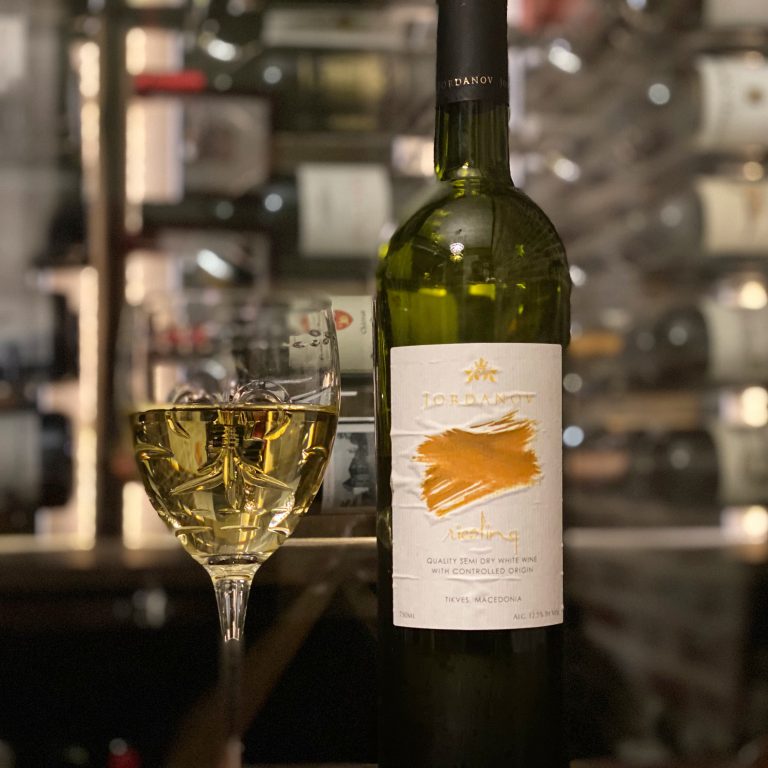
Portugal
If you’re a regular reader here, you know that I’ve waxed poetic about Portuguese wines here and here. These wines are some of the best bang for your buck around. And I’m absolutely smitten with the wines from Alentejo. Blends are the name of the game here and red wines, led by Alicante Bouschet, reign supreme. But don’t sleep on the white wines. Red wines range from big, bold and tannic to ripe, fruity, and easy-drinking. If Zinfandel, Syrah, or Petite Sirah is you jam, give these a try. The Esporao Reserva Red is a blend of 40% Aragonez, 30% Alicante Bouschet, 20% Trincadera, and 10% Cabernet Sauvignon and provides a nice balance of tannin and fruit. And yes if you must, you can grab some of these at the big box stores.
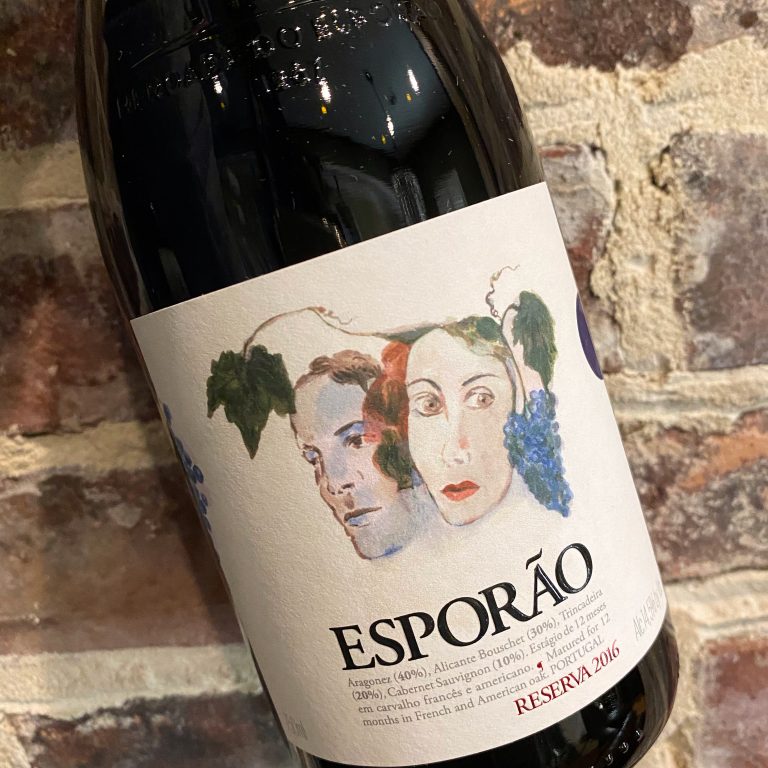
Israel
I still remember the first time I experienced Israeli wines well over a decade ago. I was immediately taken and ended up purchasing several bottles from the event I was attending. I’ve long since exhausted that supply and had hoped to see more in the market, but so far that hasn’t happened though I do come across them from time to time. This is quite surprising as there are hundreds of producers that produce over ten million bottles a year. Edmond James de Rothschild (of Château Lafite-Rothschild) is credited with creating the modern wine industry in Israel and French grapes varieties are the prominent source of wines including Cabernet Sauvignon, Merlot, Syrah, Chardonnay, and Sauvignon. Perhaps they only export the best wines, but the wines I’ve experienced have typically been quite impressive. Case in point, I purchase three of these from my friends at Last Bottle Wines.
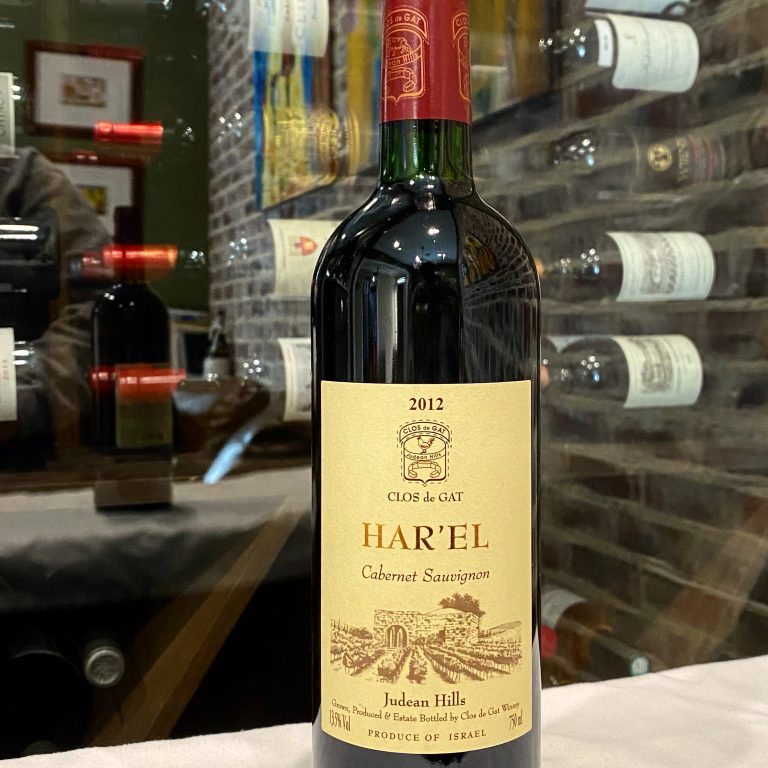
Croatia
It’s been several years since I’ve visited Croatia and its still the place that I have felt THE MOST welcome out of any place I’ve ever visited. Ever. And since we’re trying new things, why not give the signature varietal Plavac Mali a try? These are rich and flavorful wines with lots of ripe fruit (Zinfandel is one of its parents). Look for those from Dingač and Postup regions on the Peljesac Peninsula for the best expressions. And no, you likely won’t find this at the big box wine store, but that’s another thing we need to change. There is so much interesting wine out there, if you’re just willing to look. I got this 2012 Edivo Plavac Mali Navis Mysterium (“Sea Mystery”) from the folks at Topochines, who have a fantastic selection of Croatian wine. How much more interesting does a wine get that was aged under the Adriatic Sea? Of course, they have “regular” Plavac Mali as well.
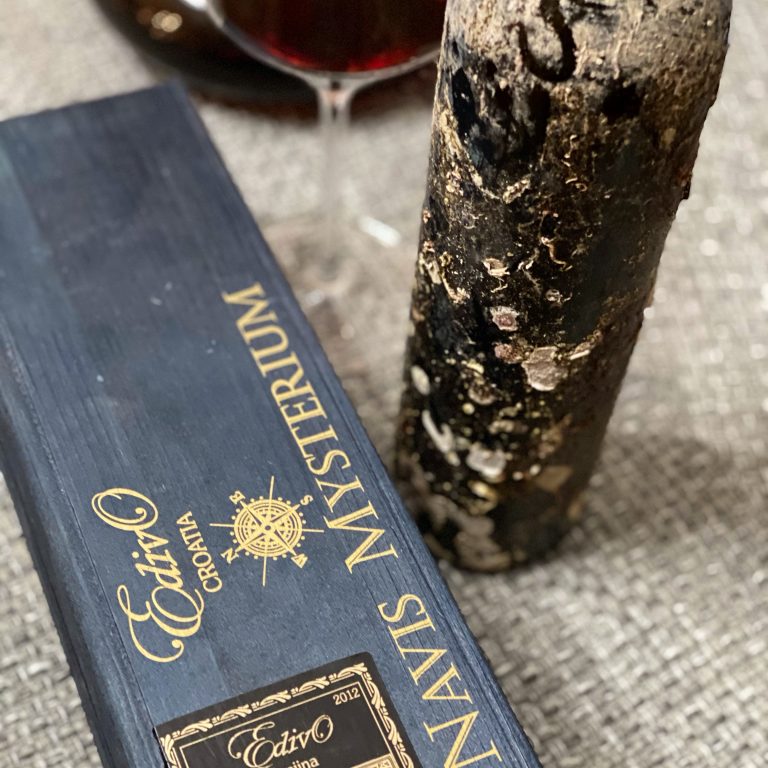
Ethiopia
Ever had a wine from Ethiopia? I’d never associated wine with Ethiopia and was pleasantly surprised when one was given to me as a gift. But with its burgeoning food culture, also comes wine. Wine production was initially encouraged by a former president to improve the country’s image. Vines planted in the Rift Valley are the primary source of the country’s wine grapes and there are only a couple of producers. You can expect to find primarily French and some Greek varieties planted. And given the quite low cost of labor in Ethiopia, wines generally come at quite a bargain. Wines available for export come from Rift Valley, a partnership between the government and the Castel Group (one of the largest wine producers in the world). With many experts saying that the country’s landscape is prime for grape growing, we’re likely to see more in the future.
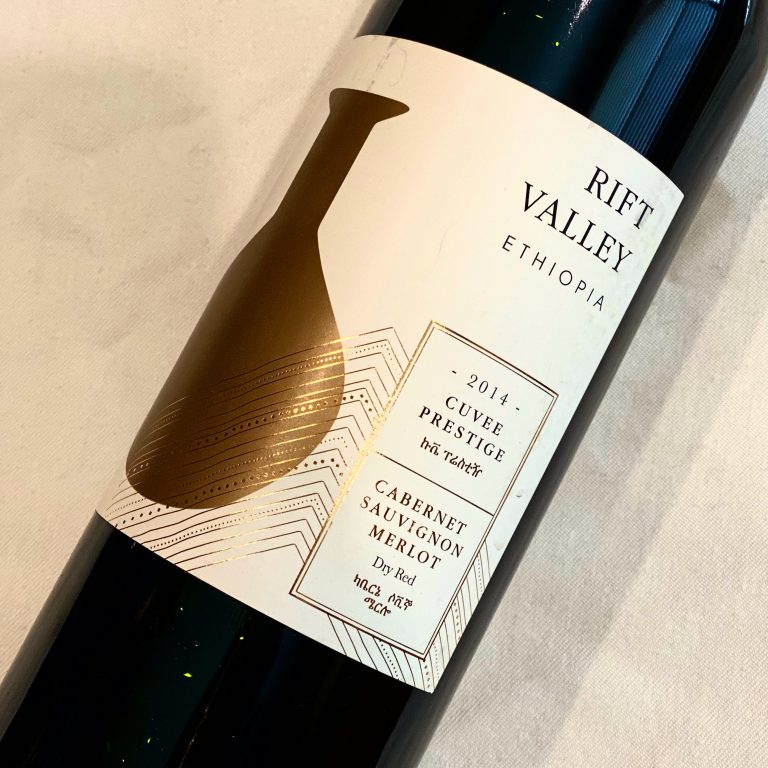
Cheers to a new year with new wines!

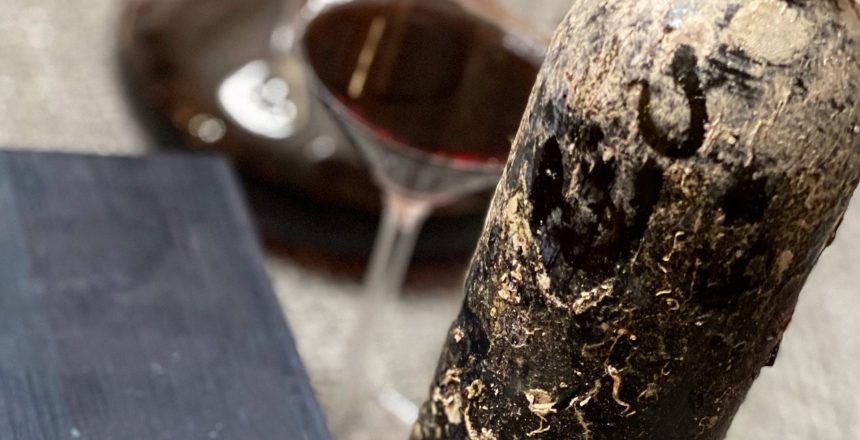


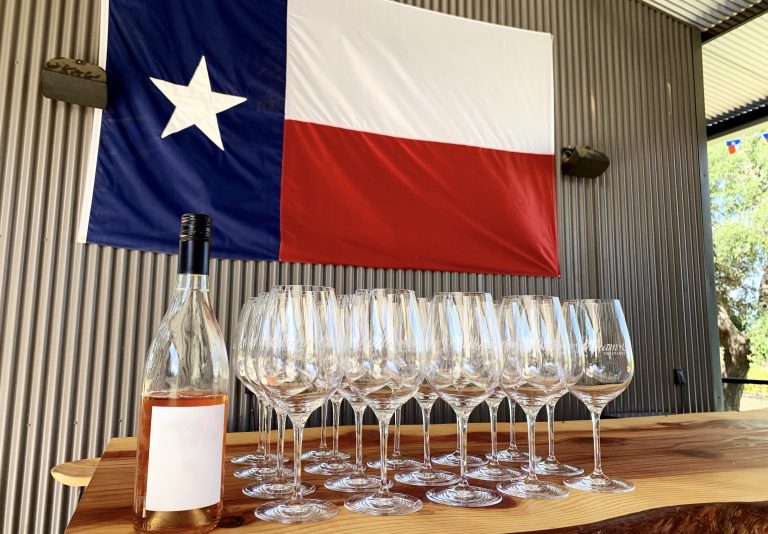

No Comments